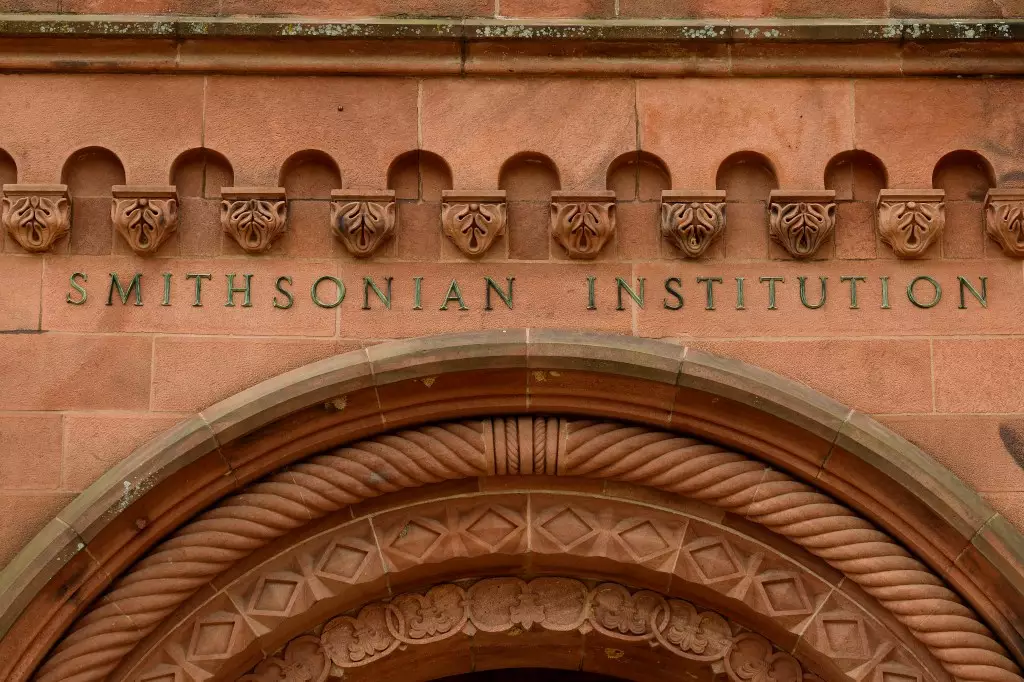On a notable recent day, President Donald Trump enacted an executive order titled “Restoring Truth and Sanity to American History.” This move signals a pronounced reaction against what Trump and his supporters perceive as an alarming trend toward historical revisionism in American education and cultural institutions. The core of Trump’s argument is that ideological biases have supplanted objective truths, fueling societal discord instead of unity. By framing this order as a necessary recalibration, he invites a deeper discussion regarding not only how history is portrayed but also the implications of such portrayals on national identity.
The Dangers of a Divided Narrative
Trump’s directive explicitly criticizes the current administration’s approach to history, labeling it a “corrosive ideology.” This positions the narrative as not just an academic or cultural concern but one that poses a tangible risk to the fabric of American society itself. By claiming that the ongoing historical reevaluation perpetuates “national shame,” Trump articulates a fear that acknowledging the darker moments of American history could undermine the nation’s progress. Yet, is it truly a path toward healing to entirely ignore or redact complex historical realities? A more nuanced approach may include fostering genuine dialogue rather than erasing discomforting truths.
Implications for Institutions like the Smithsonian
The executive order takes aim at prominent institutions, particularly singling out the Smithsonian as a battleground for this ideological struggle. With explicit mandates to exclude what is deemed improper ideology, there is a palpable tension between historical integrity and political patronage. This interaction raises questions about the role of institutions as neutral custodians of collective memory. Aspects of American history—including struggles for civil rights, social justice, and diversity—are often topics of contention, leading to fears that the removal of these narratives could render American history both myopic and sanitized.
A Cultural Housecleaning at the Kennedy Center
In parallel with his historical edict, Trump has turned his focus to the arts, particularly the Kennedy Center. His concerns about “woke programming” suggest a desire to reshape not just how history is taught, but how it is celebrated culturally. This indicates a broader vision of cultural homogeneity aligned with a specific ideological stance. As seen with the withdrawal of major productions following his intervention, the repercussions of these moves are already palpable within the artistic community—exemplifying how political actions can have immediate and far-reaching impacts on creative expression.
In grounding his policies on historical representation and artistic expression in a narrative of restoration, Trump’s executive order embodies a provocative assertion of authority over cultural memory. This raises critical questions about whose version of history is recognized, remembered, and celebrated. While the intent may be to restore a perceived lost integrity, it begs examination of whether such a path could further entrench societal divisions rather than heal them. Understanding history as a living conversation, rather than a static account, may provide a more constructive way forward—one that honors complexity rather than mandates conformity.


Leave a Reply